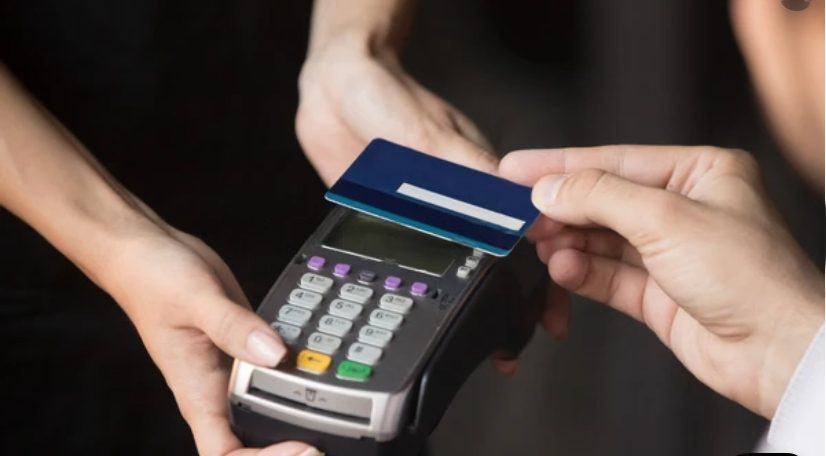Navigating the Shift: EMV Technology in the Restaurant Industry
The Ubiquity of Plastic in Food Transactions
In the midst of the universal transition from cash to plastic and digital payments, the food industry is particularly notable for its “charged” environment, especially with the EMV Shift in Restaurants. This encompasses everyone, whether they’re grabbing a fast-food fish filet, sitting down to a bone-in ribeye, opting for a morning tofu scramble, or indulging in any other culinary treat, highlighting the inevitability of dining.
Preparing for a Technological Shift
The latest online edition of Nation’s Restaurant News has a headline declaring that restaurants are preparing “for changes in credit card technology,” with a sub-head declaring that the “shift to EMV payment standard requires major updates to point-of-sale systems.”
Understanding EMV Technology
NRN has a good explanation for its client businesses about what EMV is: “Named after its developers (Europay, MasterCard and Visa), (it) requires cards that have embedded microprocessor chips that store and protect encrypted user data instead of the magnetic strip widely used in the U.S. The chip in the card generates a one-time code for each transaction, which makes it more difficult to a counterfeit.”
The Complexities of EMV Adoption
However there’s a certain ambivalence in the article about EMV’s arrival as well: “‘EMV technology protects against counterfeit cards to some degree, but it’s not a silver bullet for fraud,’said Liz Garner, the National Restaurant Association’s director of commerce and entrepreneurship.”
Advocating for Enhanced Security Measures
Garner advocates an even higher level of security by adding PIN use as well. Noting that in the 21st century, we even use PINs to access our own phones, she says “Without issuing cards with PINs, it makes very little sense from fraud prevention and a lost-and-stolen type environment.”
She advocates this in part because of the expenses that will be incurred in switching over all the point-of-sales equipment. Why spend the money if the solution won’t really maximize security?
The Timeline for EMV Integration
Optimally, businesses should proactively complete the transition by October 2015, aiming to dodge penalties from card issuers due to non-compliance; however, considerable ambivalence looms over this deadline.
The article further cites Garner, who noted “it took Canada, with an economy smaller than that of the United States, seven to 10 years to move to a new level of card technology.
“At large restaurant chains, changes in POS technology usually take about 18 to 24 months for acquisition and implementation. The companies then have to certify with their card processors that they are meeting their standards, she said.”
Looking Towards the Future of Payments
So EMV standards may not be standard until even later — closer to the midpoint of the next Presidential administration, perhaps. But those standards are coming, nonetheless. And with each new breach, the hue and cry goes up to speed EMV adoption even faster.
Ready for Change with AVPS
So where does that leave you? Just on the other side of a phone if you call your AVPS rep, and need additional answers.
The world of payments continues to change — perhaps more rapidly than at any time since the invention of the “Diners Club” card back in the 1950’s — which tells you just how bound up the food world has been with the payments industry.
Staying Secure and Current in Any Business
But no matter if your business is artisan sandwiches, juice smoothies, Hunan Chinese or anything else entirely non-food related, make sure your payment options remain secure, and up-to-date.
Conclusion: The Ever-Changing Landscape of Payment Options
In the meantime, writing this has stirred our appetite, so we’re heading out to snag a snack. Catch you next week!








